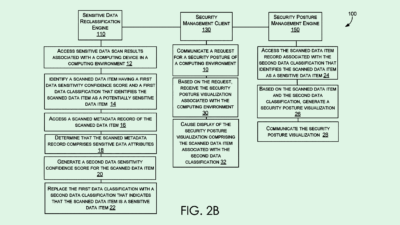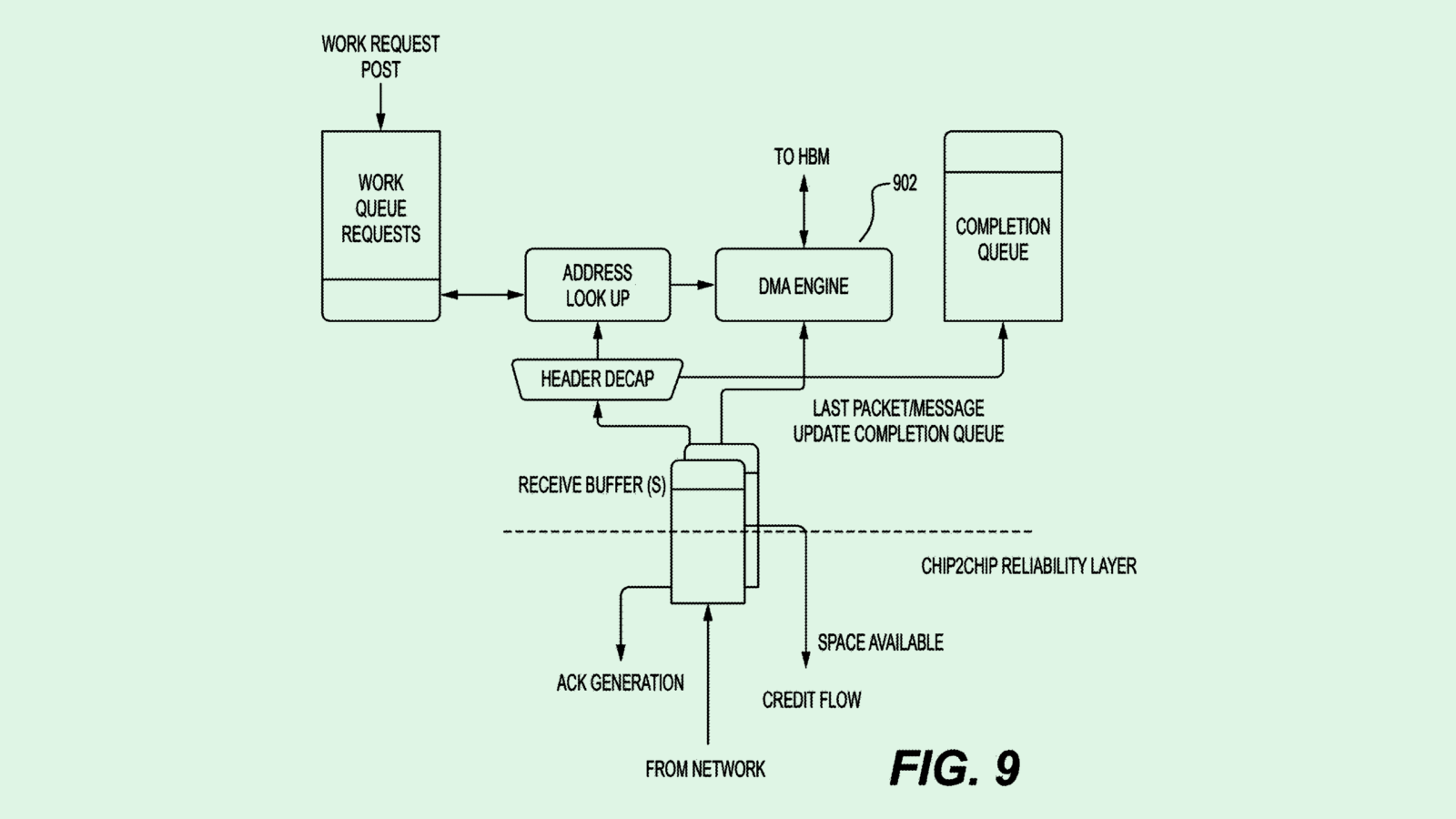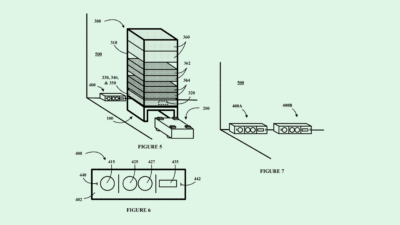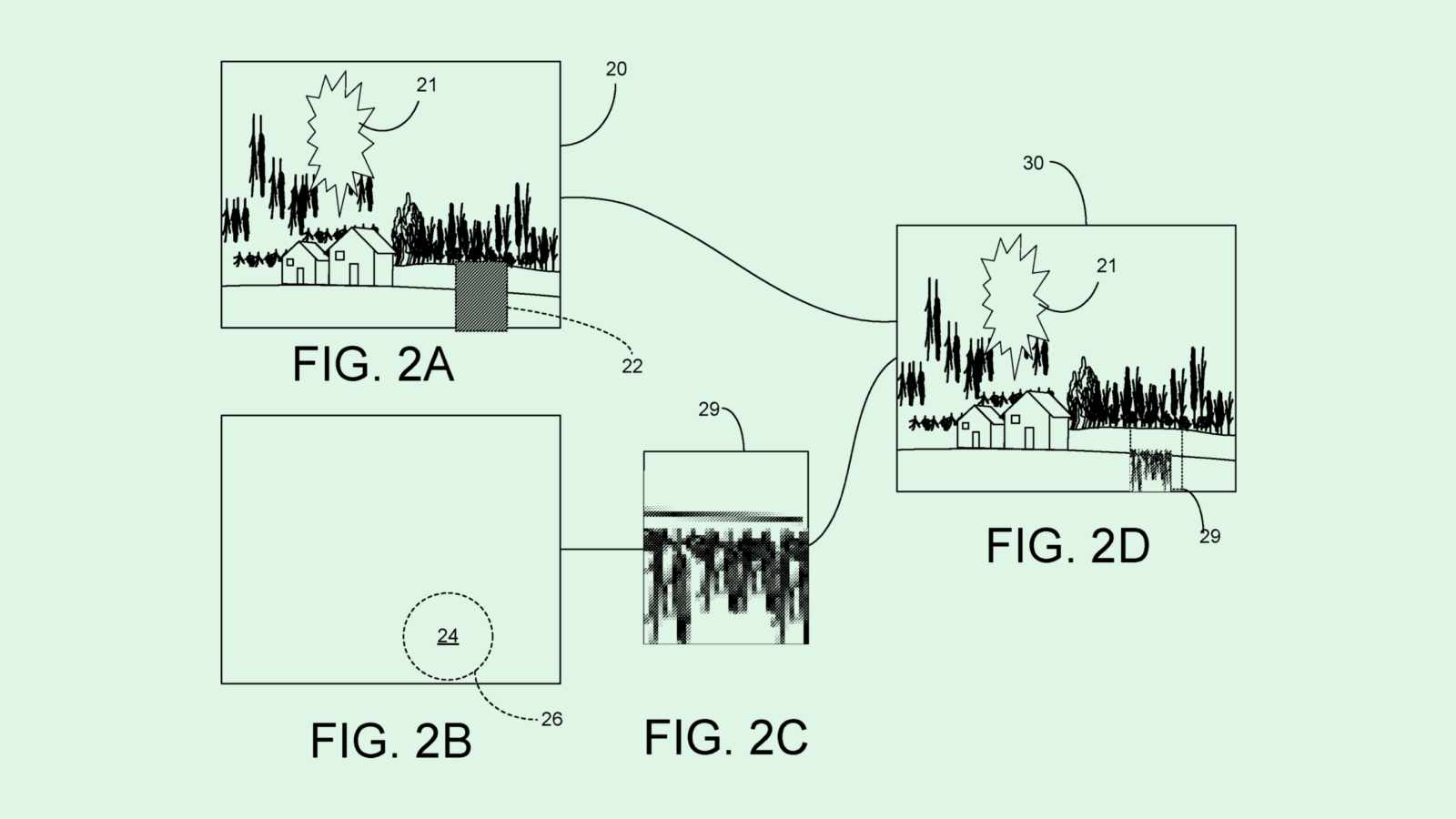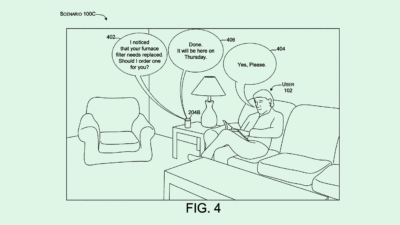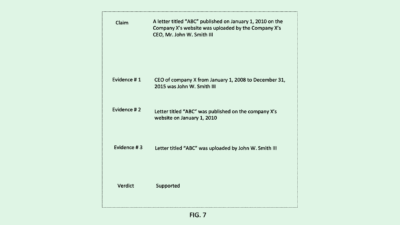Palantir’s Latest Patent Watches Over Your Shoulder at Work
Palantir wants to listen in on your sales calls.

Sign up to uncover the latest in emerging technology.
Palantir wants to give its clients a panopticon for their workforce.
The company filed a patent application for a system for optimized calculation of “member activity metrics” — members meaning employees, in this case. Palantir’s tech offers a way for administrators or managers to perform “complex analyses” of employee performance, as well as compare members within a cohort.
Palantir’s system is essentially an automated, data-backed HR manager: It keeps a close eye by hoarding tons of employee activity data, such as “emails, phone calls, messages, contacts, or meetings,” picking out the relevant data points to calculate activity metrics for each employee. These metrics are then displayed on an interactive user portal that allows administrators to run reports on user metrics and compare employees to one another, such as those with similar experience, similar positions or similar locations.
The interface includes visual aids, such as different kinds of graphs, and formatting to make the metrics easier to understand, Palantir notes. Reports can be broken up by type of activity and timeframe, and the system lets managers know when an employee performance review is due.
Palantir says that current available employee metrics systems don’t work well for large organizations, and lack the ability to scale. Existing tools also “lack the ability to quickly traverse an organization’s data of varying sources and formats (e.g., emails, voice messages) to find and analyze data associated with members,” Palantir noted.

If we’re being frank, Palantir doesn’t have a reputation of trust and transparency in the public eye. The Peter Thiel-founded company is better known for its work with government agencies, licensing its so-called spy tech with the capability to track and gather data on just about anything you can think of.
That said, Palantir looking into new ways to extrapolate information from data is hardly surprising. The company’s bread and butter is data analytics, working with a number of both enterprise customers and government agencies to help them dig up data and understand what it means — and a product like this could be appealing to both camps, said Cornelio Ash, director and equity analyst at William O’Neil.
“At the core of it, they’re a data analytics company. The end goal is making better decisions faster and more accurately from (analyzing) a large data set.,” said Ash. “They’re very focused on large enterprise customers. But anyone that has a large dataset and needs to get better information out of it would benefit from Palantir.”
Big companies and government organizations with large workforces — especially those with remote employees — are the likely target for this kind of tech. But the employees monitored under this system likely wouldn’t take too kindly to it, especially as employee mistrust in leadership is worsening. According to a recent Gallup poll, only 21% of employees strongly agree that they trust the leadership of the organizations they work for.
The lack of trust seemingly goes both ways, given that the demand for employee surveillance software has increased 54% since March 2020.
“I don’t think it’s popular. It’s kind of like a big brother thing,” Ash said. “You’re tracking employees at a very intricate level. But I think companies want to do that, especially amid this kind of hybrid work environment. You want to know who’s doing what, where, how efficient they’re being, and if they’re being honest or transparent about their workload.”



